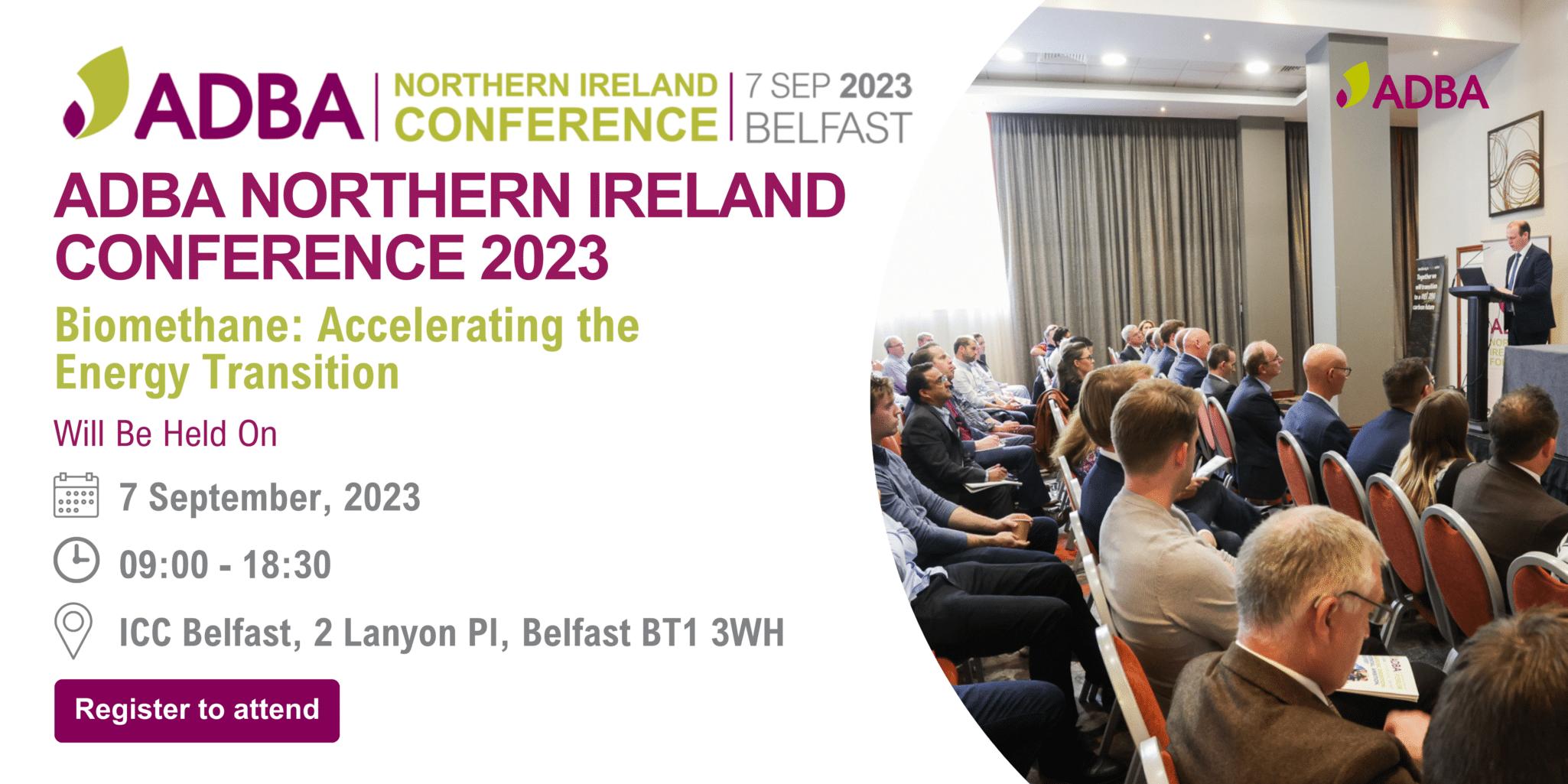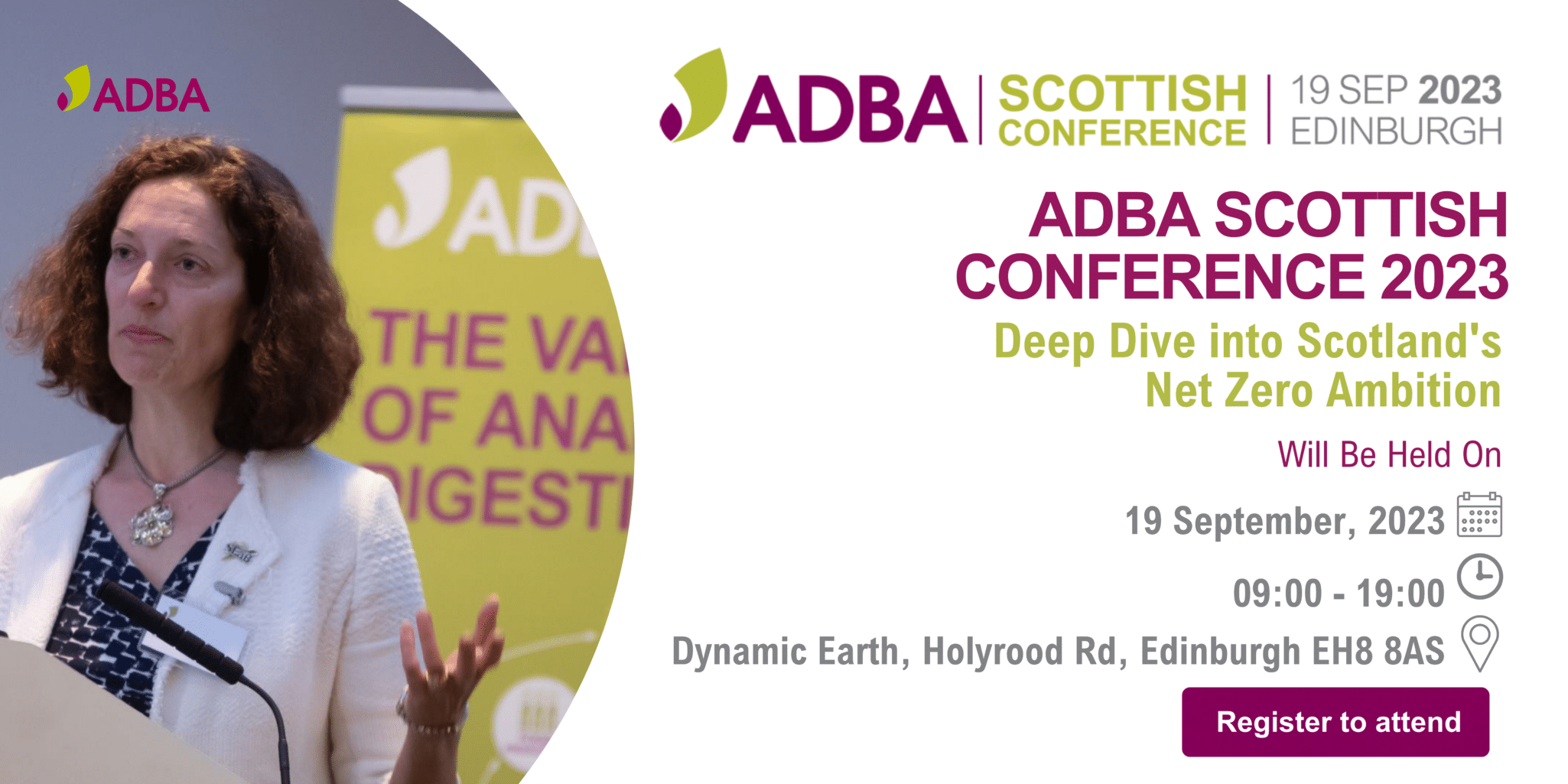Symbiona UK Limited
Products & Services
Symbiona’s experience and know-how in designing and delivering advanced anaerobic solutions is showcased in more than 120 ETPs and WwTPs designed-built-commissioned by our team. These have met and exceeded the demands of a wide range of industries, including Food and Beverage; Dairy; Juice Concentrate; Bioethanol (no DDGS separation required); Pulp and Paper; POME (palm oil mill effluents); Galvanic/Electroplating; Chemical; Pharmaceutical; Municipal Wastewater and Sludge; Landfill Leachate; and many others.
AnoxyBed™-DAG High Rate Floating Bed Reactors
AnoxyBed™-DAG was developed by Symbiona’s experts as a high-rate tower reactor for treating effluents with COD concentrations of up to 20,000 mg/l. It operates at higher inlet TSS loads (up to 1,500 mg/l or higher) and lower temperatures (26 – 40°C) compared with classic anaerobic systems, and can function on a continuous or cyclical basis depending on the wastewater flowrate.
Methanogenic bacteria grow in the down-flow pattern reactor, with biomass carriers (biomedia) replacing flotation or settling tanks. AnoxyBed™-DAG reduces the polluting load while generating biogas as a sustainable and safe energy source. The treated effluent requires only slight additional treatment before it can be discharged into the receiving sewage system or water body.
Further information:
Effective COD removal for juice factory by AnoxyBed™ anaerobic reactor
AnoxyMem® Membrane Bioreactors
AnoxyMem® combines the methane fermentation of wastewater or sludge with high MLSS concentration and full retention of suspended solids in the membrane reactor to achieve SRT values of up to 100 days. It can treat effluents with extremely high polluting load (inlet COD exceeding 100.000 mg/l) to achieve 98% or higher reduction in COD and TSS concentration in a single anaerobic step, with minimum footprint and optimum biogas yield.
AnoxyMem® is ideally suited for repowering existing anaerobic digester plants and other retrofit applications requiring an optimum footprint-treatment capacity ratio.
AnoxyBed™ – EGSB (Expanded Granular Sludge Bed) Reactors
EGSB technology, developed from UASB (upflow anaerobic sludge blanket) reactors, has been successfully applied in hundreds of ETPs around the world. Symbiona’s EGSB process can handle loading rates ranging from 15 to 25 kgCOD/m3/d. This system guarantees stable operation and resistance to variations in wastewater composition owing to the automatically regulated external recirculation system. and unique inlet distribution system and bottom sludge separators that prevent the formation of biogas channels. The risk of granulated sludge washout is thus reduced compared with competing technologies.
The lower part of the reactor contains a two-phase separator which generates curtains of rising biogas and wastewater. After passing through a bed of anaerobic active methanogenic sludge, the mix of biogas and wastewater comes into contact with the granulated sludge. Wastewater and sludge pass through a three-phase separator in the upper part of the reactor designed to prevent sludge loss. Anaerobic sludge slides down the reactor where the granular fraction remains suspended. As time passes, the flocs form new granules of sludge.
DIGEFLO™ Biogas Flotation Systems
DIGEFLO™ technology operates on anaerobic flocculated sludge and at a wide temperature range (30°C to 60°C or higher) to treat highly concentrated effluents (COD concentration of up to 10 000 mg/l) with a high FOG content, such as those from the dairy, fishing or meat industries.
Thanks to Symbiona’s anoxic gas flotation system which can handle high organic loading rates whilst optimising biogas yield and minimising sludge production, treatment takes place in a single reactor; there is no need for construct a complex system of anaerobic reactors, each processing different products.
Further information:
DigeTherm™ Systems for Thermal Hydrolysis and Digestion of Sludge
DigeTherm™ systems convert slurries, sludge or agricultural substrates and crops into biogas and green energy or steam by means of a two-stage thermal and biological fermentation process.
Thickened sludge or substrate (5 – 15% DS) is pumped into a pressurised thermal hydrolysis reactor which can operate at two alternative temperature ranges: 85 – 110oC or 130 – 180oC. This reactor breaks cells and complex compounds into a slurry of dissolved and suspended organic substances optimised for fermentation in the high temperature methane digester.
Further information:
Learn more about Symbiona’s full suite of anaerobic and aerobic technologies and solutions at www.symbiona.com. Contact Symbiona UK Ltd. today to request a personal consultation.
Overview
Symbiona is an established technology provider with offices in London, Warsaw and Kuala Lumpur. As a leader in environmental engineering, we specialise in aerobic and anaerobic wastewater treatment and reuse, sludge processing and biodegradable wastes reduction.
Over 20 years of investment in R&D has yielded numerous innovations and a comprehensive portfolio of technologies and solutions that may be tailored to the needs of our clients to achieve the best ‘price-quality-operating cost’ ratio.
Our scope of supply ranges from design, consulting, technology and project management, through to turnkey project delivery.
Our experience in over 120+ projects illustrates our unique approach to our clients’ needs, linking our suite of technologies to a range of environmental projects, with a short payback period and tangible ROI.



